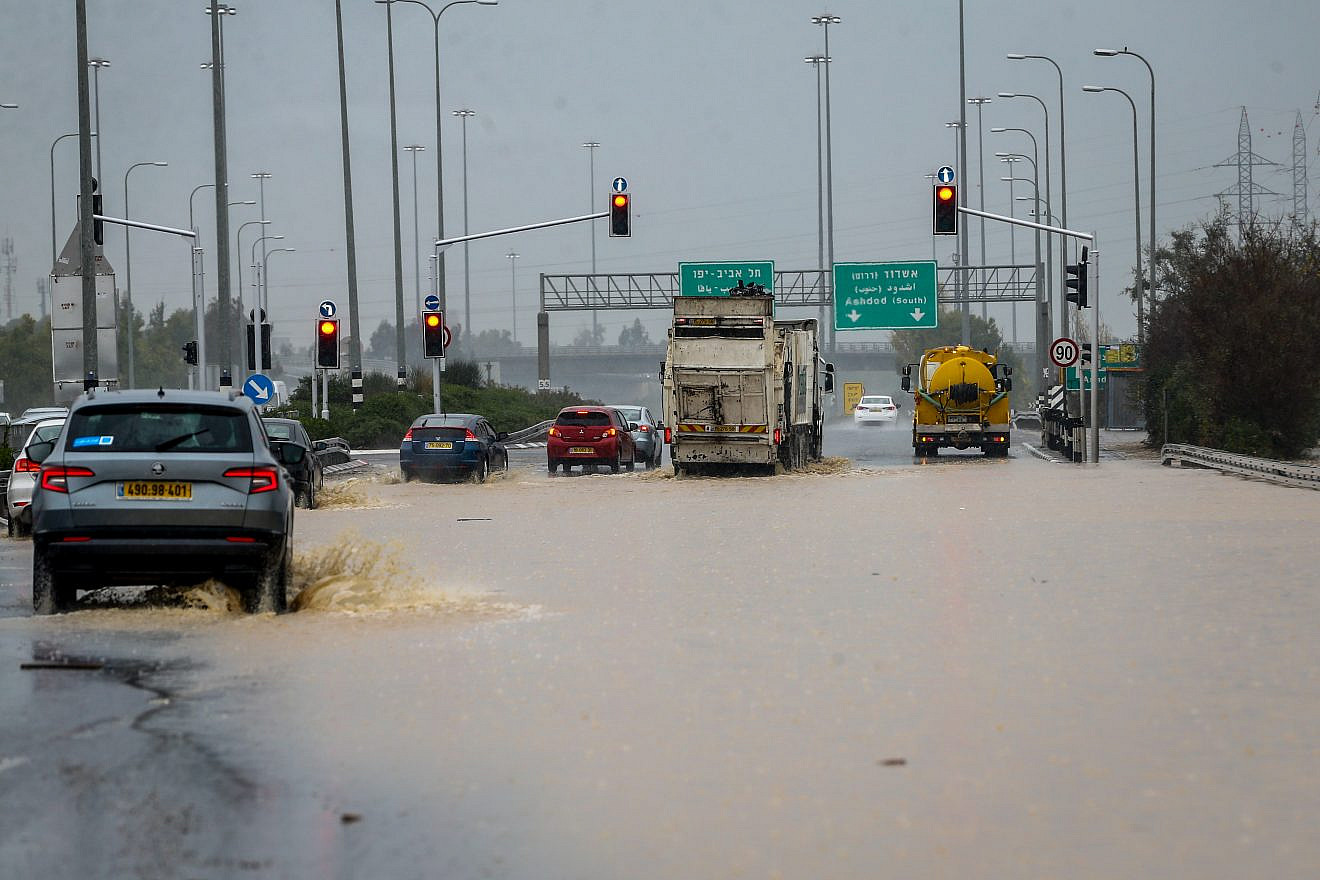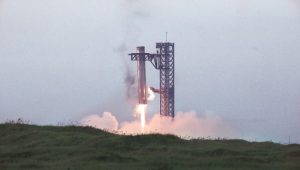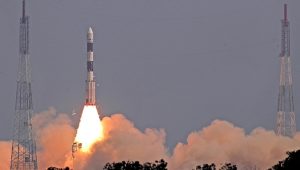Researchers at the Hebrew University of Jerusalem have identified factors influencing the probability of extreme rain events and developed a tool that can improve the forecasting of such events.
Extreme rain events, principally those that lead to flash floods in the south and east of Israel in spring and fall are specifically difficult to forecast even a short while in advance. In April 2018, a flash flood had killed 10 students from an army preparatory program while they hiked in Nahal Tzafit, a riverbed in the Judean Desert close to the Dead Sea.
The new research – led by Dr Assaf Hochman and doctoral student Tair Plotnik at the Institute of Earth Sciences, Hebrew University – determined the factors that impact scientists’ ability to predict extreme rain events that are linked to an “active” Red Sea Trough. The team used an extensive database belonging to the European Center for Medium-Range Weather Forecasts to examine all extreme rain events since 1979 and classify them into hard-to-forecast and easy-to-forecast categories. It found that one of the factors preventing optimal forecasting is the simultaneous entry into Israel of air masses from the south and from the north, because of their considerably varying characteristics.















